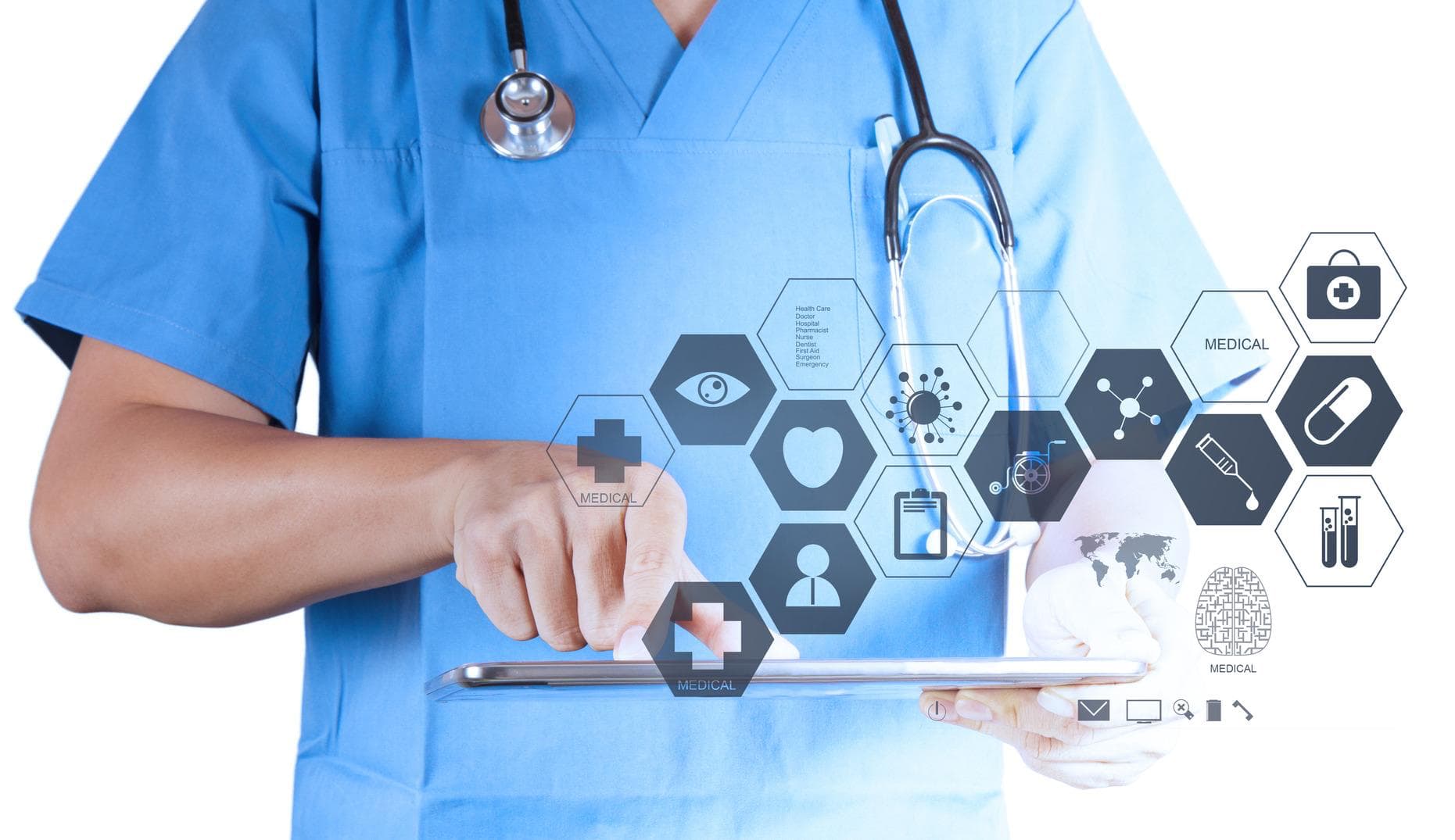



In the last year, healthcare has made incredible progress in Singapore and around the globe. From robots patrolling hospital wards, patients consulting doctors via video conferencing, and clinics delivering medicine to patients' homes. So, what else can we expect in the digital health scene in the coming months?
Technology is transforming Singapore's healthcare landscape - find out emerging trends and Medtech news to keep up to date with the latest. In this article we look at five MedTech news or trends and discuss some of the changes that can be expected in the post pandemic landscape.
In the last two decades, there has been a strong push by governments and the private sector in nanotechnology development. The use of nanotechnology in medical applications for drug delivery is a significant milestone for pharmaceutical corporations. The ability to deliver medication to cells using minute particles has the ability to reduce the amount of medication required drastically.
Wearable health monitoring devices will benefit from nanotechnology. To assess a range of patient information and data such as blood oxygenation, hydration, or glucose levels; flexible sensors can be simply attached to skin tissue - the largest organ in the human body. The reduction in the size of the gadget will also allow for the exploration of new ways to power the technology.
Wearable technology is already a thriving industry and provides valuable data - people utilising devices such as smartwatches have expanded substantially in recent years. Apple, for example, attempted to turn the Apple Watch into a diagnostic tool for cardiac issues. Following that, Apple revealed that users could choose to have their data used for medical research. The research on menstrual cycles and gynaecological disorders, heart rate and mobility, and the impact of ordinary sound exposure on hearing were announced.
In the second quarter of 2019, Apple shipped over 5 million smartwatches. Consider the quantity of data that Apple Watch users can generate together. It is no surprise that medical research institutions are partnering with the private sector, a new type of medical public-private cooperation.
As wearable technology becomes more commonly recognised and used, improvements in robotics, such as exoskeletons, may see a corresponding purpose. For example, researchers from the University of Grenoble in France used an exoskeleton to assist a man in moving all four of his paralysed limbs. This also demonstrated a side of wearable technology that is concerned with rehabilitation and human-centred design.
In 2018, the International Federation of Robotics (IFR) reported more than 400,000 robot deployments worldwide. As information and mechanical technology continue to progress, we may see more robotics with wearables.
Aside from rehabilitation, medical technology innovations are critical in diagnosing, maintaining, and restoring health. With wearable technologies, always-on sensors are likely to be in, on, and around us. Health data acquired by these sensors may be combined with other data sets (e.g., population-health data and environmental data) to provide highly personalised and actionable insights.
We now know that AI algorithms that look at epidemiology and demographics had flagged the novel coronavirus before it was reported. AI algorithms will only get smarter and better as they sift through huge volumes of healthcare data and discover patterns that people may overlook. As the volume of data increases, so will the appeal of technology that extracts important information. AI implementations in diagnostics will expand in tandem with the increased use of wearable technology.
A digital twin is a digital reproduction of a system that is constantly monitored by sensors. It is an emerging medical technology trend. Simulated hospital wards, for example, can forecast future issues, allowing medical personnel to plan ahead of time. This technique has been utilised in Singapore to estimate energy use, reduce waste, and maintain adequate power across the city's system.
This technique can forecast when patient intake is likely to alter. The technology can help with staff scheduling, reducing equipment downtime, enabling more effective hospital operations, and boosting the number of patients at a given time. Sensors could even be employed on digital twins of specific patients in the future to provide clinicians with an updated, regular, and predictive simulation of their patients. Such medical technology innovations will necessitate an Industry 4.0 environment with strict cybersecurity standards to protect patients' health and data.
With Singapore's digital health ecosystem ready for expansion and the pandemic driving quicker adoption of Medtech solutions, staying alert on medical technology trends and Medtech news is critical.